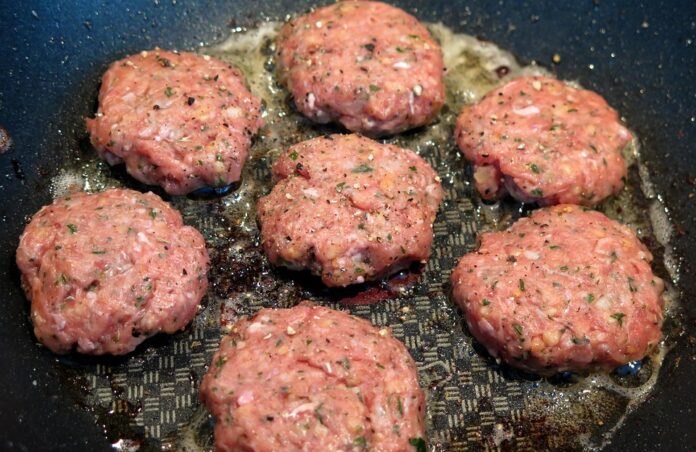Introduction
Oilseed crops are essential agricultural commodities that are grown and processed into edible cooking oils. The process of farming and processing oilseed crops involves several steps, from planting the seeds to extracting the oil. In this report, we will explore how oilseed crops are farmed and processed into edible cooking oils, highlighting industry insights, financial data, and actual companies involved in the production.
Farming of Oilseed Crops
Planting and Cultivation
Oilseed crops such as soybeans, sunflower, canola, and palm are typically planted in the spring or early summer. The seeds are sown in well-prepared soil and require adequate moisture and sunlight for optimal growth. Farmers use various agricultural practices such as fertilization, irrigation, and pest control to ensure healthy crop development.
Harvesting
Once the oilseed crops reach maturity, they are harvested using specialized machinery such as combine harvesters. The harvested crops are then transported to storage facilities where they are kept until further processing.
Processing of Oilseed Crops
Oil Extraction
The first step in processing oilseed crops is oil extraction. This process involves crushing the seeds to extract the oil. There are several methods of oil extraction, including mechanical pressing and solvent extraction. Mechanical pressing is a traditional method that involves pressing the seeds to extract the oil, while solvent extraction uses chemical solvents to dissolve the oil from the seeds.
Refining
After the oil is extracted, it undergoes refining to remove impurities and improve its quality. The refining process typically involves degumming, neutralization, bleaching, and deodorization. These steps help to remove impurities, color, and odor from the oil, making it suitable for consumption.
Packaging and Distribution
Once the oil has been refined, it is packaged into various containers such as bottles, cans, or drums. The packaged oil is then distributed to retailers, supermarkets, and food service providers for sale to consumers. Companies involved in the production of edible cooking oils often have their own distribution networks to ensure efficient delivery to customers.
Industry Insights
Key Players in the Oilseed Crops Industry
Some of the major players in the oilseed crops industry include Cargill, Bunge, Archer Daniels Midland (ADM), and Louis Dreyfus Company. These companies are involved in the farming, processing, and distribution of oilseed crops and edible oils on a global scale.
Financial Data and Trends
The global edible oil market is projected to reach a value of over $130 billion by 2026, with a compound annual growth rate (CAGR) of around 5%. The demand for edible cooking oils is driven by factors such as population growth, urbanization, and changing dietary preferences. Companies in the oilseed crops industry continue to invest in research and development to improve crop yields and develop innovative processing technologies.
Conclusion
In conclusion, oilseed crops play a vital role in the production of edible cooking oils through a series of farming and processing steps. The industry is characterized by key players such as Cargill, Bunge, ADM, and Louis Dreyfus Company, who are actively involved in the cultivation, extraction, refining, and distribution of oilseed crops and edible oils. With the global edible oil market projected to grow steadily in the coming years, investments in technology and sustainability will be crucial for the future success of the industry.



